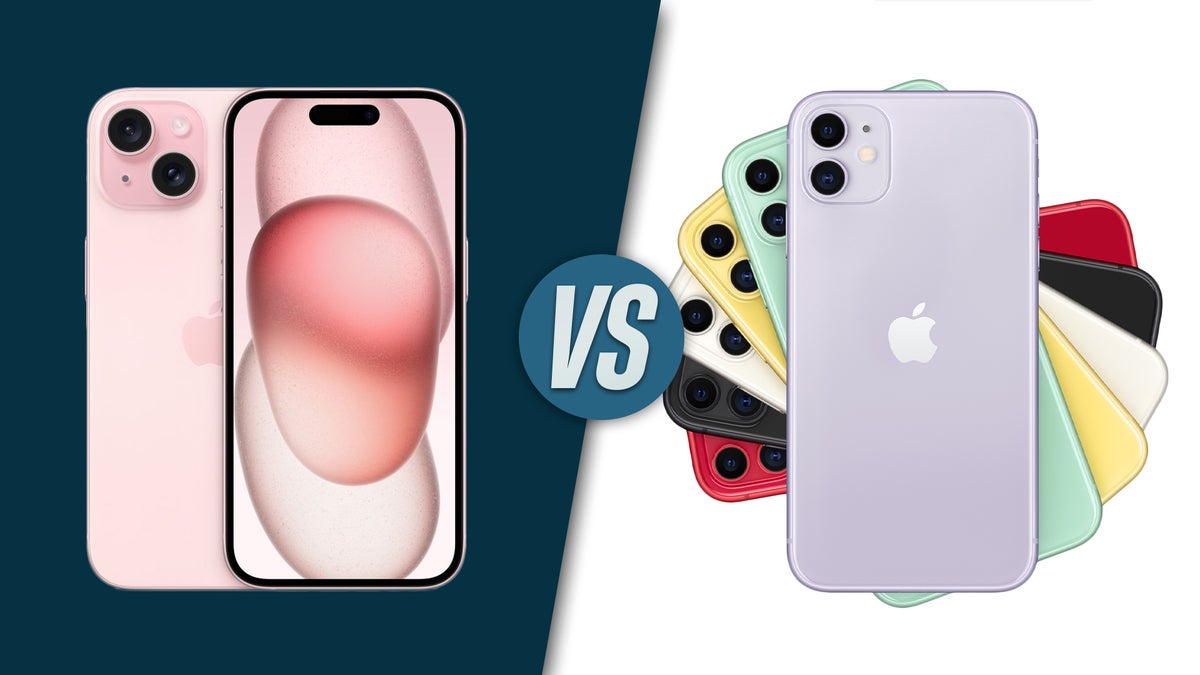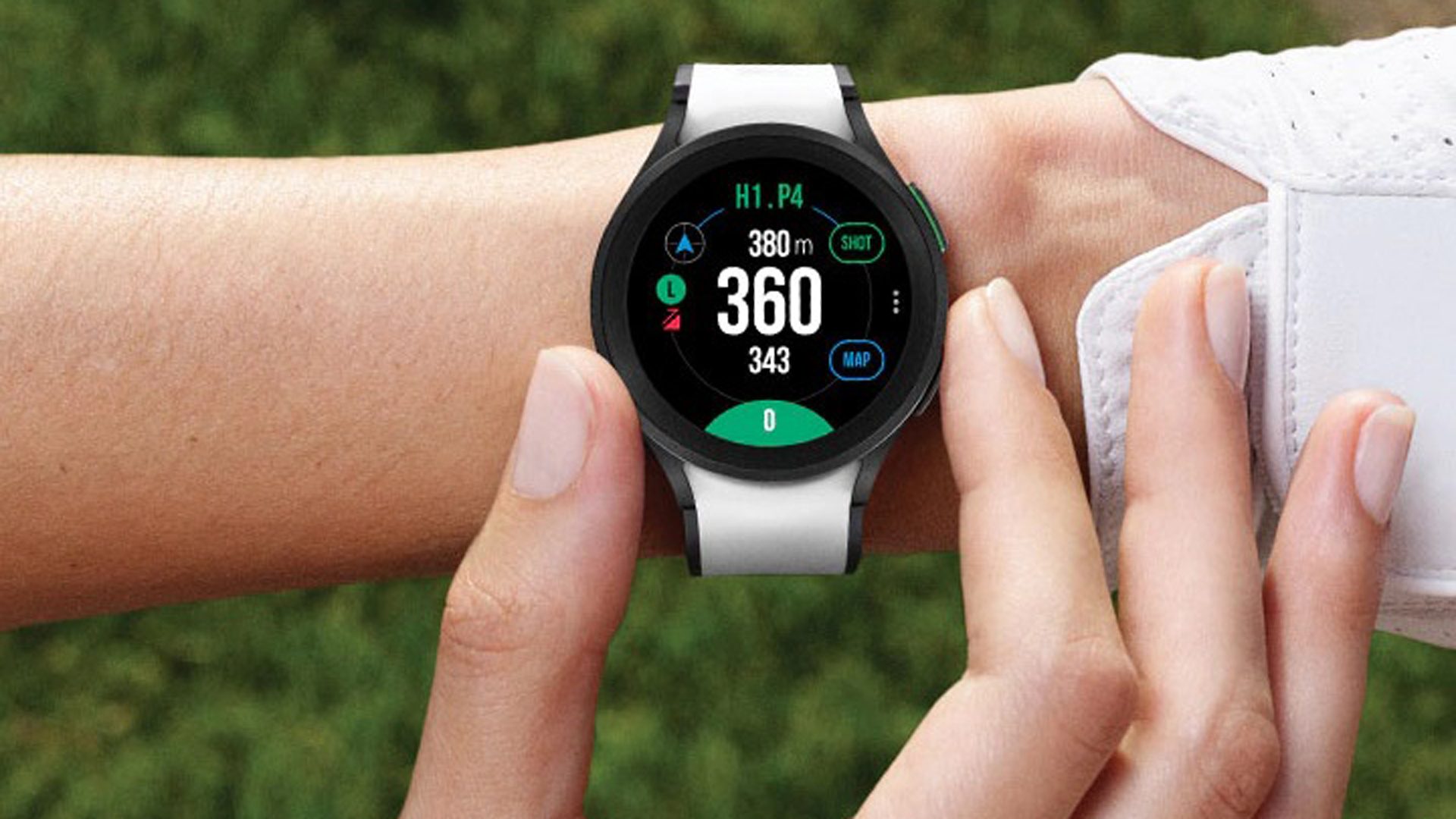
Intro
With the iPhone 15 on the horizon, it’s worth examining how it stacks up against the now four-year-old iPhone 11. By this point, enough time has passed for the iPhone’s upgrades throughout the years to compile into something more apparent. So, based on what we know from leaks and rumors about the iPhone 15, how does Apple’s new base flagship model compare?
- Significantly higher performance
- Sharper, brighter display with better contrast and colors
- Dynamic Island replaces the notch
- Sharp vs curved edges
- Higher base storage (128GB)
- Vastly improved camera system
- New camera features
- Noticeably better battery life
- Faster charging speeds
- USB-C
Table of Contents:
Design and Size
Visible evolution
Another way in which the iPhone 15 will differentiate from the iPhone 11 is the massive camera lenses housed on its back. The cameras on the iPhone have been getting larger and larger each year, so given how much time has passed the contrast here should be striking.
One less noticeable change is the transition from Apple’s Lightning port to USB-C. There has been talk even before the 2022 iPhone lineup that the iPhone 15 series would be the one to finally adopt the universal connector, and that does seem to be the case.
As for the size itself, we don’t expect the iPhone 15 to be too different from the iPhone 14, which is to say around 5.78 x 2.81 x 0.31 inches. In other words, not that much new on this front, with the iPhone 11 measuring 5.94 x 2.98 x 0.33 inches.
Display Differences
Better in all regards, but possibly still disappointing
Of course, Apple could always surprise us with something like a 90Hz panel which would be a very welcome addition to the overall great package the iPhone 15 is shaping up to be, but the chances seem pretty slim for now.
Performance and Software
A16 Bionic vs A13

Apple is known for manufacturing some of the best mobile chipsets on the market, and the A13 Bionic that came with the iPhone 11 in 2019 seems to do the job pretty well even though it has been almost four years. That being said, iPhone 15’s A16 Bionic processor will likely be around 30-40% better in comparison.
In fact, you can take a look at how both chips compare to each other by simply comparing the iPhone 11 with the iPhone 14 Pro, as the latter already comes with the A16. What’s more, besides the jump in CPU and GPU performance, the iPhone 15’s chip should also be much more power-efficient in comparison to the A13 Bionic.
For RAM, the iPhone 15 should get 2GB extra, making it 6GB in total, and it should be the faster LPDDR5 type.
Lastly, both phones will support Apple’s latest version of iOS, with the big difference that the iPhone 15 will continue to be supported for the next 5 years or so, while the iPhone 11 — being a much older model — will likely only get one or two more years of major OS updates.
Camera
A completely superior experience and quality
The 48MP main sensor we expect on the iPhone 15 should also mean that the phone would be capable of better 2x zoom despite not having a dedicated telephoto camera, which is possible by cropping in on the sensor.
Apart from the main shooter, though, the 12MP ultra-wide camera is also much better compared to the one on the iPhone 11 due to several upgrades like lenses that have more layers in them, improved image stabilization, and a wider aperture. All of these upgrades result in an increased ability to absorb light and as a consequence, sharper images and fewer instances where the camera has trouble focusing.
The 12MP selfie snapper on the iPhone 15 should also come with better image quality, be able to autofocus, and have optical image stabilization. Not to mention the wider aperture of f/1.9 that should, again, let in more light for the camera to work with.
The iPhone 15 will also likely get camera features that are simply not supported by the iPhone 11, like Cinematic Mode which allows for intelligently blurring out certain areas in the image, or Action Mode which stabilizes extremely shaky footage.
Audio Quality and Haptics
Battery Life and Charging
Before and after
Needless to say, the iPhone 15 should blow the iPhone 11 out of the water with how long its battery lasts, even if you somehow manage to find a 2019 iPhone that has 100% battery health in 2023. Despite the two phones having more or less the same battery capacity (3,279mAh expected on the iPhone 15 vs 3,110 mAh), the 16 Bionic chipset inside the upcoming generation is much more power-efficient.
Moving on, the iPhone 15 should also be capable of slightly faster 20W wired charging compared to the 18W on the iPhone 11. The wireless charging speeds have a more stark difference, with the iPhone 15 supporting MagSafe at up to 15W, while the older model can only go up to 7.5W via regular Qi charging.
Specs Comparison
Check out a summary of both the iPhone 15 and iPhone 11’s specs below:
| iPhone 15 | iPhone 11 | |
|---|---|---|
| Size, weight | unknown | 5.94 x 2.98 x 0.33 inches (150.9 x 75.7 x 8.3 mm) 6.84 oz (194 g) |
| Screen | 6.1″ OLED 60Hz |
6.1″ IPS LCD 60Hz |
| Processor | A16 Bionic 4nm |
A13 Bionic 7nm |
| RAM, Storage | 6/128GB 6/256GB 6/512GB – LPDDR5* |
4/64GB 4/128GB 4/256GB – LPDDR4X |
| Cameras | 48MP main 12MP ultra – 12MP front |
12MP main 12MP ultra – 12MP front |
| Battery | 3,279 mAh* | 3,110 mAh |
| Charging | USB-C 20W wired 15W MagSafe |
Lightning connector 18W wired 7.5W wireless |
Summary and Final Verdict
So it seems four generations later, the apple tree has definitely started producing visibly and greatly improved fruits. It is kind of ironic, however, that the iPhone 15 — just like the iPhone 11 — might come with a disappointing display, making Apple’s base model lack in that regard compared to its competition.
Nevertheless, the evolutionary road of the iPhone is quite visible here, and this comparison paints a detailed picture that, while phones are improving slower than before, they are still undoubtedly getting more impressive with time. If you own an iPhone 11 and want to keep using Apple’s phones, the iPhone 15 would be a definite upgrade on all fronts.






